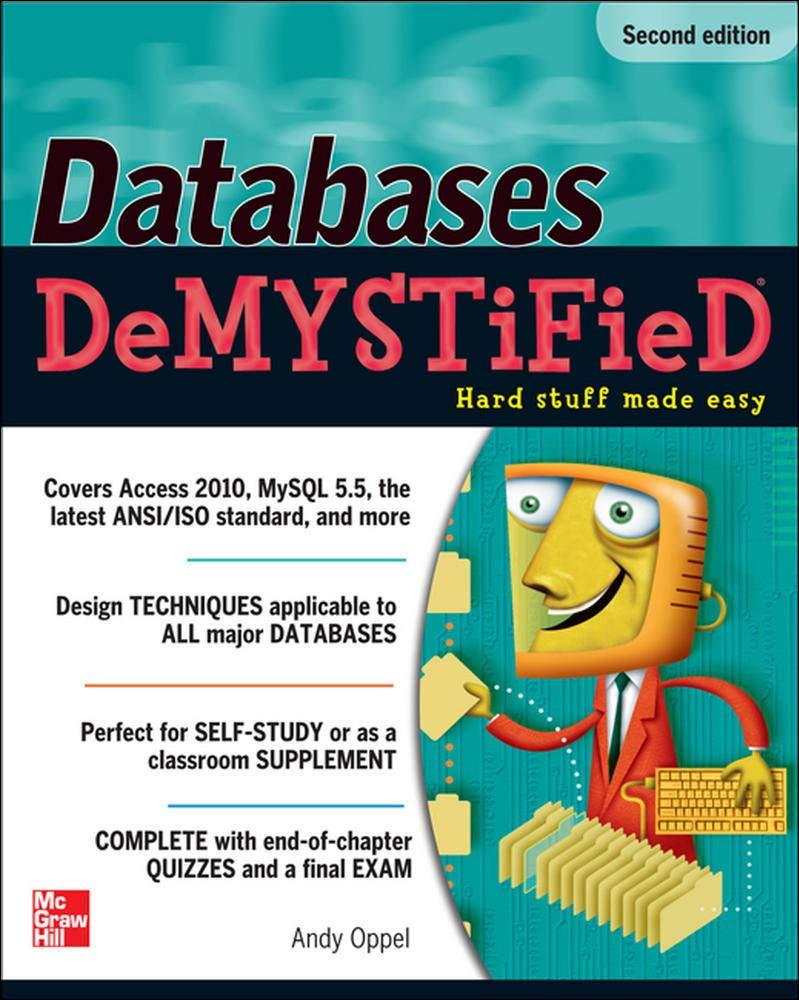The Collatz conjecture concerns what happens when we take any positive integer n and apply the following algorithm:

The Collatz conjecture concerns what happens when we take any positive integer n and apply the following algorithm TL if n is even 3 x n1 if n is odd The conjecture states that when this algorithm is continually applied, all positive integers will even tually reach 1. For example, if n 35, the sequence is 35, 106, 53, 160, 80, 40, 20, 10, 5, 16, 8, 4, 2, Write a C/C++ program, called "Collatz.yourlastname" that will fork n children(n is provided by the user andt should not exceed 10). Each of the children will compute the Collatz sequence for numbers in different ranges of values. The user will provide the total range of numbers to compute the Collatz sequence for. Your code should satisfy the following conditions I. The first 50% of the processes will computer twice as many Collatz sequences as the second 50% of processes. 2. When a child finds the Collatz sequence, it should print the values to a file called "re- sults Childpid.Parentpid.dat." 3. The parent must wait for all children 4. Your code should not run sequentially 5. Your code should handle all possible errors 6. Do not hard code anything 7. Do not duplicate code(use functions) in your program 8. When all children have completed their tasks, have the parent read all the values form the children files and output the Collatz sequence for each number to the standard output The Collatz conjecture concerns what happens when we take any positive integer n and apply the following algorithm TL if n is even 3 x n1 if n is odd The conjecture states that when this algorithm is continually applied, all positive integers will even tually reach 1. For example, if n 35, the sequence is 35, 106, 53, 160, 80, 40, 20, 10, 5, 16, 8, 4, 2, Write a C/C++ program, called "Collatz.yourlastname" that will fork n children(n is provided by the user andt should not exceed 10). Each of the children will compute the Collatz sequence for numbers in different ranges of values. The user will provide the total range of numbers to compute the Collatz sequence for. Your code should satisfy the following conditions I. The first 50% of the processes will computer twice as many Collatz sequences as the second 50% of processes. 2. When a child finds the Collatz sequence, it should print the values to a file called "re- sults Childpid.Parentpid.dat." 3. The parent must wait for all children 4. Your code should not run sequentially 5. Your code should handle all possible errors 6. Do not hard code anything 7. Do not duplicate code(use functions) in your program 8. When all children have completed their tasks, have the parent read all the values form the children files and output the Collatz sequence for each number to the standard output







